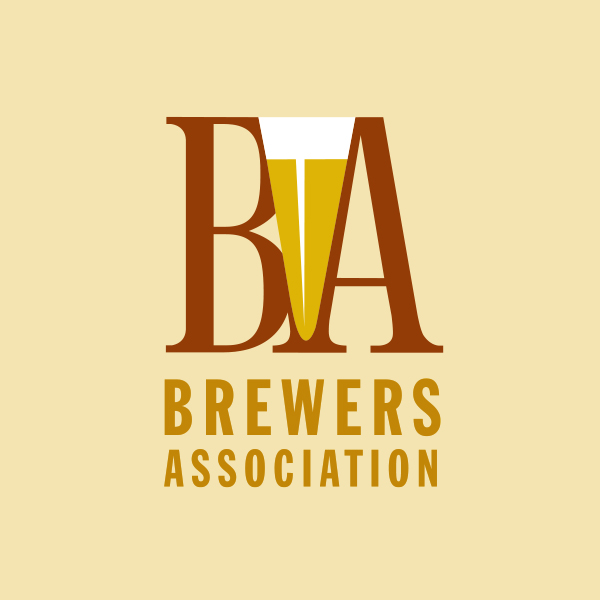More than $2 million invested in barley, hops, and agricultural supply chain projects since 2015
Boulder, Colo. • Jan. 14, 2020 — The Brewers Association—the not-for-profit trade association dedicated to small and independent American brewers—has selected the recipients of its 2020 Research and Service Grants Program to help fund the development of a healthy and sustainable raw materials supply chain. This year, 13 grants totaling $389,370 were awarded to eight barley and four hops projects, and new for 2020, one draught quality project.
“Research and development projects that address public barley and hop variety development, the changing agricultural landscape, and draught quality are critical to the success and of our brewing community,” said Bob Pease, president & CEO, Brewers Association. “We are proud to continue our commitment to a sustainable and healthy supply chain by funding these outstanding projects.”
Since the inception of the grant program in 2015, the Brewers Association has invested more than $2 million in support of over 90 projects. Funding has supported public barley and hop variety development, hop disease and hop aroma research, as well as affiliated national and state-level grower organizations.
“The support of the Brewers Association is an essential element of our research portfolio–it maximizes the likelihood of developing varieties meeting agronomic, quality, and flavor expectations of the craft industry while simultaneously addressing the challenges of dynamic growing conditions,” said Dr. Patrick Hayes, professor, Crop and Soil Science, Oregon State University. “This funding will allow us to accelerate the development and release of winter and facultative two-row malting barley varieties.”
2020 Grant Recipients
See complete summary here.
Barley
Building a Winter Malting Barley Market for the Great Plains
- Partner(s): University of Nebraska, Lincoln
- Principal(s): Stephen Baenziger
Impact of Storage on Malting Quality and Seed Dormancy in Pre-Harvest Sprouting Resistant Spring Barley
- Partner(s): Cornell University Department of Plant Breeding and Genetics
- Principal(s): Mark Sorrells
Interaction Between Barley Genetics and Malt Process Impact on Flavor
- Partner(s): Montana State University
- Principal(s): Jamie Sherman
Winter and Spring Two-Row Malt for Conventional and Organic Systems
- Partner(s): Montana State University
- Principal(s): Jed Eberly
Using Marker-Assisted Selection to Develop Malting Quality Barley Varieties for Conventional and Organic Agriculture
- Partner(s): University of California, Davis
- Principal(s): Alicia del Blanco
Continued Support for the Development of Two- and Six-Rowed Winter Malt Barley Varieties for the Eastern U.S.
- Partner(s): Virginia Polytechnic Institute and State University
- Principal(s): Carl Griffey
Deeper Explorations of Barley and Terroir Contributions to Beer Flavor
- Partner(s): Oregon State University
- Principal(s): Pat Hayes
Identifying Spring Malting Barley Varieties for the Craft Brewing Industries
- Partner(s): North Dakota State University
- Principal(s): Richard Horsley
Hops
Multifaceted Impacts of Nitrogen and Sulfur Fertility on Hop Productivity, Quality, and Brewing Characteristics
- Partner(s): U.S. Department of Agriculture; Oregon State University
- Principal(s): David Gent
Mapping Novel Loci for Powdery Mildew Resistance in Hops
- Partner(s): University of Minnesota
- Principal(s): Gary Muehlbauer
Controlling Hop Enzymatic Potential – Hop Kilning and Brewery Treatments
- Partner(s): Oregon State University
- Principal(s): Thomas Shellhammer
Analysis of Various Metabolites in Hops as Potential Key Parameter for Thiol and Ester Release by Yeast During Beer Fermentation
- Partner(s): Nyseos, Barth-Haas Group
- Principal(s): Laurent Dagan, Christina Schoenberger
Draught Beer Quality
Evaluation of Biofilm Growth in Chemically Treated Beer Draught Tubing
- Partner(s): Montana State University, Center for Biofilm Engineering
- Principal(s): Darla Goeres
Proposals for 2021 calendar year funding will be accepted from March 1, 2020 until May 31, 2020, and can be submitted on the Brewers Association website.
Contact: Jenelle Scott, on behalf of the Brewers Association, 970-963-4873 x224
###

About the Brewers Association
The Brewers Association (BA) is the not-for-profit trade association dedicated to small and independent American brewers, their beers, and the community of brewing enthusiasts. The BA represents 5,600-plus U.S. breweries. The BA’s independent craft brewer seal is a widely adopted symbol that differentiates beers by small and independent craft brewers. The Brewers Association organizes events, including the World Beer Cup®, Great American Beer Festival®, Craft Brewers Conference® & BrewExpo America®, National Homebrew Competition, and American Craft Beer Week®. The BA publishes The New Brewer® and Zymurgy® magazines, and Brewers Publications® is the leading publisher of brewing literature in the U.S. Beer lovers are invited to learn more about the dynamic world of craft beer at CraftBeer.com® and about homebrewing via the American Homebrewers Association®. Follow us on Facebook, Instagram, and LinkedIn.
The Brewers Association is an equal opportunity employer and does not discriminate on the basis of race, color, national origin, gender, religion, age, disability, political beliefs, sexual orientation, or marital/familial status. The BA complies with provisions of Executive Order 13672 and the rules, regulations, and relevant orders of the Secretary of Labor.






 Resource Hub
Resource Hub